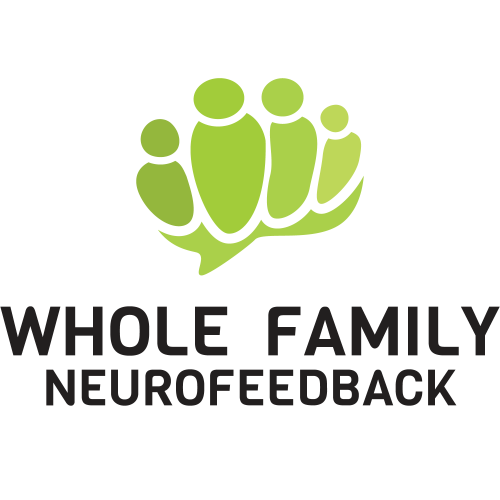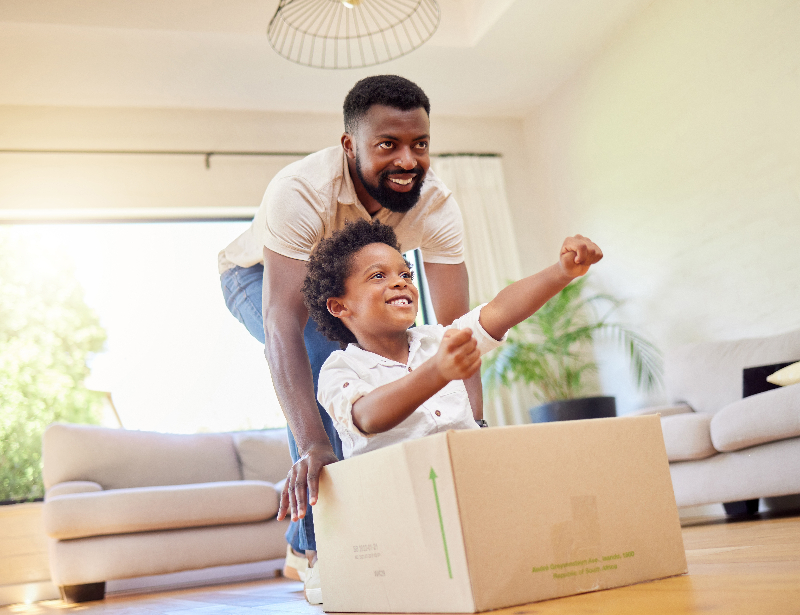5 Ways To Manage Life With ADHD
ADHD looks different for everyone.
It looks different between boys and girls.
It can even look different between two siblings that have it.
That’s why managing ADHD can be challenging. People have different symptoms and require different ways to manage their ADHD. This can look like a lot of trial and error. Trying something and seeing if it works for your child.
Whether or not you use medication, is between you and your doctor. Most people’s ADHD management regimen will change over time and it will look different from person to person.
As a therapist and someone who has been using neurofeedback for years, I know focussing on what you can control is important. When you have a child with ADHD, so much feels out of your control.
Today’s article talks about nonmedication lifestyle changes to try, things you have more control over. We want to empower you to make your own decisions and be able to manage symptoms most effectively for your family.
Mindset Shifts About ADHD
Most people will need a combination of things to manage their ADHD. And for kids, this changes as they develop and grow. The best thing you can do is be open. Read everything you can about it. Talk to as many different people about it. Get everyone’s opinion. And then try something and wait for results.
Before we get into some of the ways you can manage ADHD symptoms, I want to challenge you to take a look inward first. Think about the following:
- What does ADHD mean to you?
- What does having a child with an ADHD diagnosis mean to you?
- What “stories” do you tell yourself about ADHD?
- What ADHD management options do you think are worth trying?
- What ones don’t you want to try? Why is that?
Reflecting on these questions is important becuase so often what we think and the decisions we make are based on other people’s thoughts, feelings, and values. It’s so easy to (unconsciously) take on the thoughts, feelings, values, and opinions of friends, family, or society at large.
So it’s important to take a look inward at what you think ADHD is and why you make the decisions you make.
We all know ADHD can come with a stigma. But it doesn’t have to. I’ve spoken with ADHD expert Ned Hallowell on this and he shares a unique perspective that ADHD can have so many benefits. Sometimes, mindset shifts can help.
Now, let’s talk about different lifestyle changes you can try.
5 Ways To Help Your Kids With ADHD (Without Medication)
Many parents look for nonmedication ways to manage life with ADHD so here are a few of the best lifestyle changes you can make.
Watch Out For Artificial Dyes
Overall, a healthy diet of fruit, vegetables, and whole grains is recommended for just about everyone but this is especially helpful for kids with ADHD. As parents, we all know this is not easy and sometimes downright impossible to make happen. Your child might not be a willing participant in this process.
Your doctor has probably already told you to cut back on sugar and this is great advice. Trial and error on what your child can tolerate is important. Some people are more sensitive than others. When it comes to diet changes, the one thing that might be easier to do is watch out for artificial dyes.
You can start buying groceries and snacks that don’t have artificial dyes in them. Red dyes have been accused of causing hyperactivity for years. Every child responds differently but this a relatively easy lifestyle change to try and see if it works for your family.1
Sleep Hygiene
Doctors love to say how important it is to make sure your kids are getting enough sleep. And it’s true. But if you’ve ever had kids that wake up randomly at all hours of the night (sometimes for years) you know it’s not always easy to control. Some parents have done everything and their kids still wake up.
Again, let’s focus on what you can control. What you can control is creating a sleep routine and good sleep hygiene practices.
Although you can’t control if your child stays asleep, you can control their habits around bedtime. If you incorporate a good bedtime routine and sleep hygiene practices, it will benefit your child in the long run. They will learn these habits early on and (hopefully) take them into adulthood.
You can create good sleep hygiene by:
- Having a consistent bedtime
- Turn off all screens 1-2 hours before bed
- Reduce sugar intake, especially within a few hours of bedtime
- Create a sleep environment that is cool and quiet
- Use a sound machine to block out sounds
- Use blackout curtains to block out light
Exercise and physical activity
Getting plenty of physical activity is always something doctors and ADHD specialists recommend. Depending on your child’s age and willingness to participate, you may need to get creative. The best way to get your child involved is to make sure the activity is something they enjoy.
Just make sure you get your exercise in earlier in the afternoon or evening. You’ll want to avoid vigorous exercise before bed as it could interfere with sleep.2
Ways you can get your child to exercise:
- Get them involved in a sport of their choice
- Get them involved in martial arts
- Take them to a local trampoline parks
- Spend time outdoors when it’s nice
- Put on the snow gear and play in the snow or go sledding in the winter
- Create fun games for them to do indoors
- Create challenges that get them moving
Avoid blue light
There are many reasons experts tell you to limit screen time. Sometimes it’s about the content of what they’re watching but it’s also because many screens emit blue light that can interfere with sleep. Overall a general recommendation for kids is to have two hours of noneducational screen time. As always, use your own judgment.
Blue light is a type of light that resembles daylight so when you use blue light devices it signals to your brain that it’s daytime. This decreases your melatonin production, a hormone your body makes to regulate your sleep-wake cycles. Using blue light devices interferes with your body’s natural rhythm. Even a quick peak can signal to the brain that it’s daytime, making you more alert.
Blue light is generally used in the following devices:3
- LED TVs
- Computer monitors
- Tablets
- Cell phones
If you use blue light devices (and most of us do) having a hard stop on screen time 1-2 hours before bed is the best thing you can do to prevent it from interfering with sleep.
Neurofeedback For Relaxation
Neurofeedback is a brain training system that detects changes in your brain’s electrical patterns. Neurofeedback detects when your brain starts to feel discomfort, distress, or shifts suddenly. Your brain then experiences feedback that this is happening. This allows your brain to shift in a way that is more optimal and feels more relaxing.
Neurofeedback encourages the brain to develop new patterns that optimize your ability to adapt and change. NeurOptimal® is a unique type of neurofeedback that taps into the brain’s natural instinct towards resilience and flexibility.
NeurOptimal® monitors the electrical activity of the brain via sensors on the scalp. It does this while you or your child are listening to music or watching a movie. Once the unit detects turbulence, it signals the brain via a brief interruption.
This brief interruption (or pause) in what you’re listening to triggers the brain back to the present moment, giving your brain the ability to find optimal functioning.
Using neurofeedback is like holding a mirror up to your brain. The brain gets information about itself and uses that information to self-correct. Bringing the brain back to the present moment encourages the brain to shift in more efficient ways.
Self-regulation is an important skill for any child and neurofeedback can help your family get there.
NeurOptimal® is incredibly useful for kids with ADHD because it can help:
- Increase mental and emotional resilience
- Increase mental acuity and focus
- Promote healthy sleep habits
- Promote relaxation
- Them be more flexible, which makes coping with what they’re dealing with easier
How To Learn More About NeurOptimal®
If you’re interested in learning more about NeurOptimal® neurofeedback, you can enter your email address in the green box below this blog. As a subscriber to our email list, you’ll get
- Emails about our latest blog articles
- Information on any trainings we host
- Insider information on any sales or offers
You can also learn more about neurofeedback by joining our Facebook group, Neurofeedback Moms (Dads are welcome too!) We have a great community of parents learning about neurofeedback and sharing their personal experiences.
In the group you’ll get:
- Research-based information to help you make the best decisions for your family
- Live sessions with experts in the therapeutic, neurofeedback, and parenting fields
- Lifetime access to all live recordings – watch at your convenience!
- Get your questions answered
- Get support when you need it!
If you want to know how neurofeedback can help you manage life with ADHD, join Neurofeedback Moms.
We’re excited to connect with you inside of the group!
Sources
2.) 5 Big Natural Remedies for ADHD
3.) How Blue Light Effects Your Eyes, Sleep and Health
Disclaimer: This site contains information on general health and wellness topics. Please note that Neuroptimal® has been designated a general wellness product by the FDA. The information on this site or in any linked materials should not be construed as medical advice. The information in this article is not intended to replace any recommendations by your physician.

